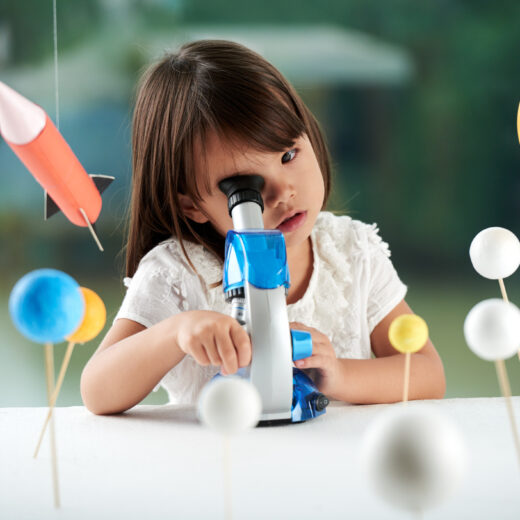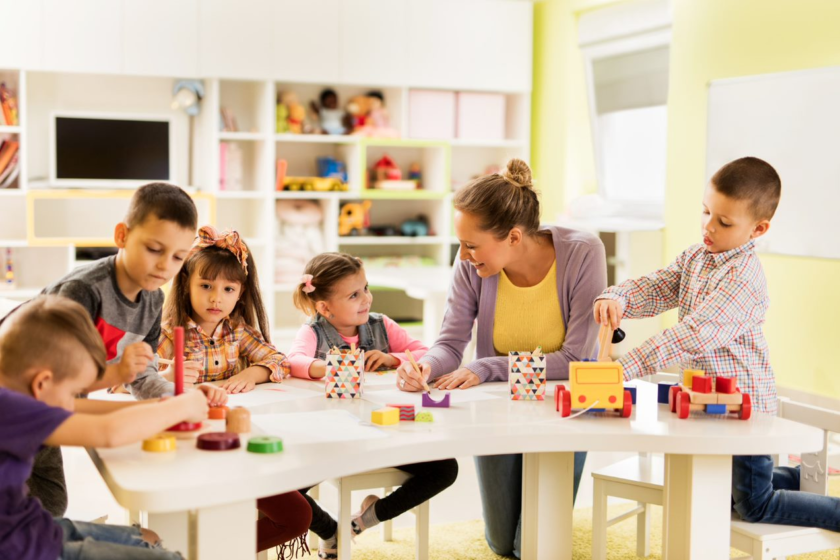A Child’s World
A unique and enriching experience tailored to your child's needs!
Welcome to A Child’s World
For years, A Child’s World has provided top-quality early childhood education for children from infants through school age. Our safe, fun, enriching curriculum and caring staff help create a solid foundation to allow little ones to grow, develop, and explore it
Our Programs
Growing for the future
At A Child’s World, we want to set your children in the right direction! That’s why our curriculum-focused centers are designed to provide quality education that prepares them for continued growth and success.

We Are Hiring!
At A Child’s World, our staff is at the heart of everything we do! We’re looking for fun, caring, and vibrant individuals who are passionate about early-childhood education to join our team.
